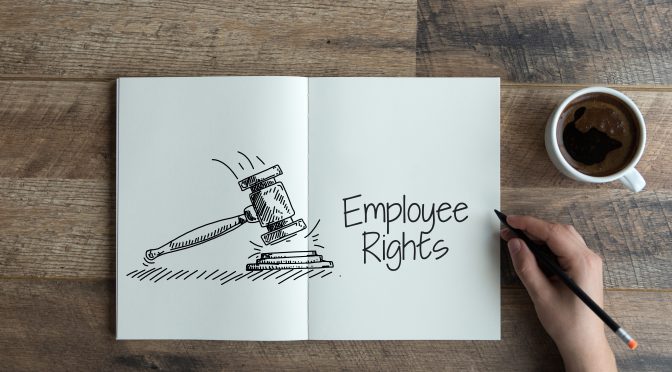Corporate Transparency Act: New Reporting Requirement for Beneficial Ownership Information
12.22.2023 Written by: Henningson & Snoxell, Ltd.

Starting January 1, 2024, numerous businesses in the United States will be required to disclose details under the Corporate Transparency Act (CTA) regarding their beneficial owners—those who ultimately have ownership or exert control over the company. This information must be submitted to the Financial Crimes Enforcement Network (FinCEN), which operates as a bureau within the U.S. Department of the Treasury.
Does my company have to report?
The CTA mandates that corporations, limited liability companies, and similar entities must report if they are either: (i) established by filing with a Secretary of State or an equivalent office under State or Indian Tribe laws, or (ii) foreign entities registered to operate in the United States, except for certain exempt entities. Furthermore, most partnerships, including Limited Partnerships (LPs), Limited Liability Partnerships (LLPs), and Limited Liability Limited Partnerships (LLLPs), fall under the CTA’s reporting requirements, as they are typically formed through a state-level filing.
There are many exempt entities, including, but not limited to, public companies, banks, credit unions, tax-exempt entities, and large private companies.
What does my company need to report?
Beneficial owners of reporting companies will first need to be established based on the criteria set forth by FinCEN. Reporting companies will then need to disclose information about these individuals, such as name, date of birth, address, unique ID number, and image, as well as the entity’s name, address, formation jurisdiction and tax identifier.
For entities created or registered after January 1, 2024, there is an additional report needed for the “company applicant.” The company applicant is the individual who first files or registers the entity. Reporting companies established or registered before January 1, 2024, are not required to report information about their company applicants or update this information, as long as it was accurate when initially reported.
When should we report?
Starting January 1, 2024, FinCEN will begin accepting Beneficial Ownership Information (BOI) reports. The deadlines vary based on the company’s formation or registration date:
- Companies created or registered before January 1, 2024, must submit their BOI by January 1, 2025.
- Companies formed or registered between January 1, 2024, and December 31, 2024, need to report BOI within 90 days after the effective notice of their formation or registration.
- For companies established or registered on or after January 1, 2025, BOI must be filed within 30 days following the effective notice of their creation or registration.
- Any updates or corrections to previously filed beneficial ownership information should be reported to FinCEN within 30 days of the change.
What are penalties for non-compliance?
Willful failure to report or update ownership information, or providing false information, can lead to severe civil or criminal penalties, including daily fines or imprisonment. Senior officers may be held accountable for their company’s non-compliance. Penalties also apply for intentionally causing a company to fail in its reporting obligations or for providing false information. However, there is a safe harbor from penalties for voluntarily correcting inaccurate reports within 90 days of the original deadline.
******
Please note, all information presented in this post is for general informational purposes only, and the content provided is a summary. Please contact our business attorneys to update your governing documents and contracts and for more information and guidance regarding the effect of the CTA on your operations.










 Subscribe
Subscribe Subscribe
Subscribe






